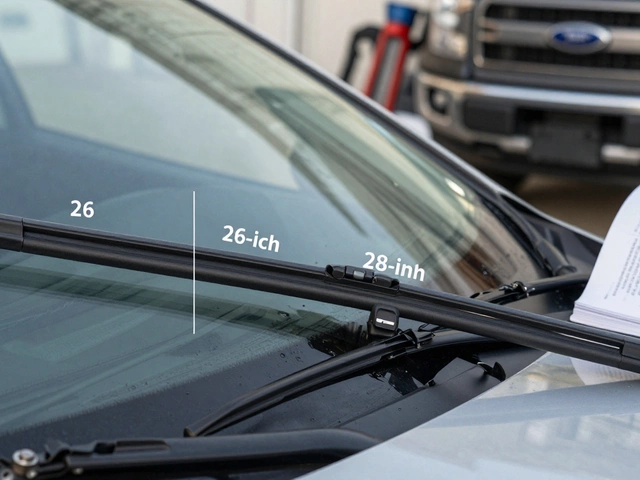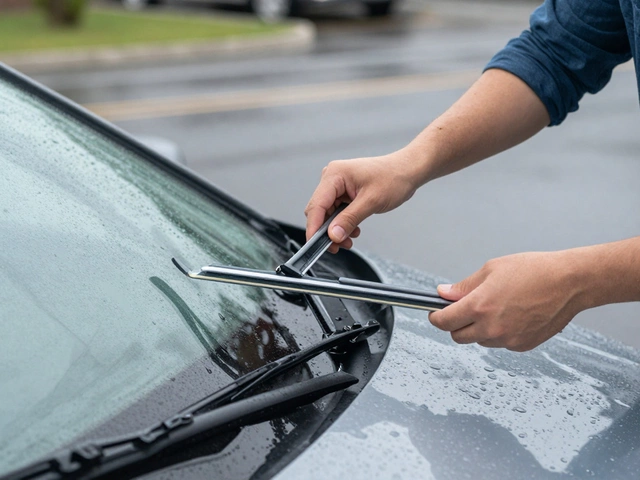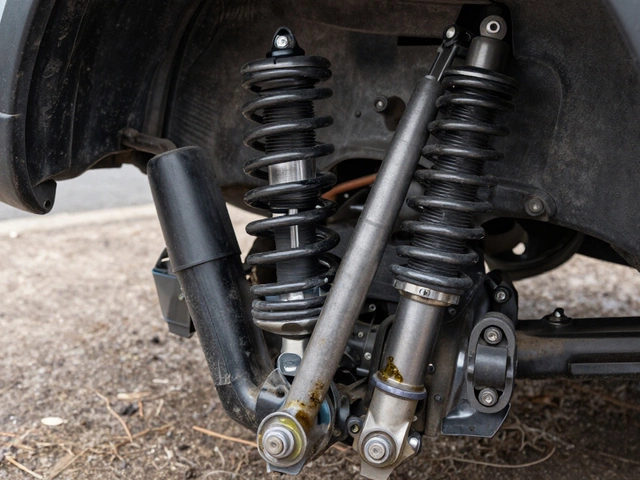Rotor Wear Signs: How to Spot Brake Rotors Going Bad
When your brake rotors, the metal discs that brake pads clamp down on to stop your car start wearing out, your whole braking system suffers. You might not notice at first, but over time, uneven wear, grooves, or warping turns a smooth stop into a shaky, noisy, dangerous experience. These rotors aren’t meant to last forever—they’re a wear item, just like your brake pads. And if you wait too long to replace them, you’ll end up paying double: first for new pads, then for new rotors, and maybe even damaged calipers or suspension parts.
One of the clearest rotor wear signs, the visible and physical clues that your brake discs are past their prime is vibration. If your steering wheel shakes when you brake, especially at highway speeds, it’s not just the tires—it’s warped rotors. Another big red flag is a high-pitched squeal or grinding noise. That’s not your brake pads wearing thin; that’s metal scraping against metal because the rotor surface is too thin or damaged. You might also feel longer stopping distances or a spongy brake pedal. These aren’t normal. They’re warnings your rotors are failing.
Many drivers think they can keep using old rotors when they replace brake pads. But if the rotors are scored, thin, or uneven, new pads won’t grip properly. That’s why brake pad wear, how quickly your pads degrade often tells you what’s happening with the rotors. If your pads wear out way faster than they should, the rotors are likely the culprit. And if you hear a metallic scraping sound after replacing pads, it’s almost always because the rotors weren’t checked—or replaced.
There’s no magic mileage for rotor replacement. Some last 70,000 miles. Others need replacing at 40,000, depending on how you drive, where you live, and what kind of pads you use. The best way to know? Get them inspected every time you get your brakes checked. A pro can measure thickness with a micrometer and spot warping you can’t feel. Don’t guess. Don’t wait for a full brake failure. Catch rotor wear early, and you’ll save money, time, and maybe even your safety.
Below, you’ll find real-life guides from Stevenage mechanics on how to spot these issues yourself, when to resurface versus replace, and what happens when you ignore the signs. These aren’t theory pieces—they’re fixes people actually used to avoid breakdowns and expensive repairs.





